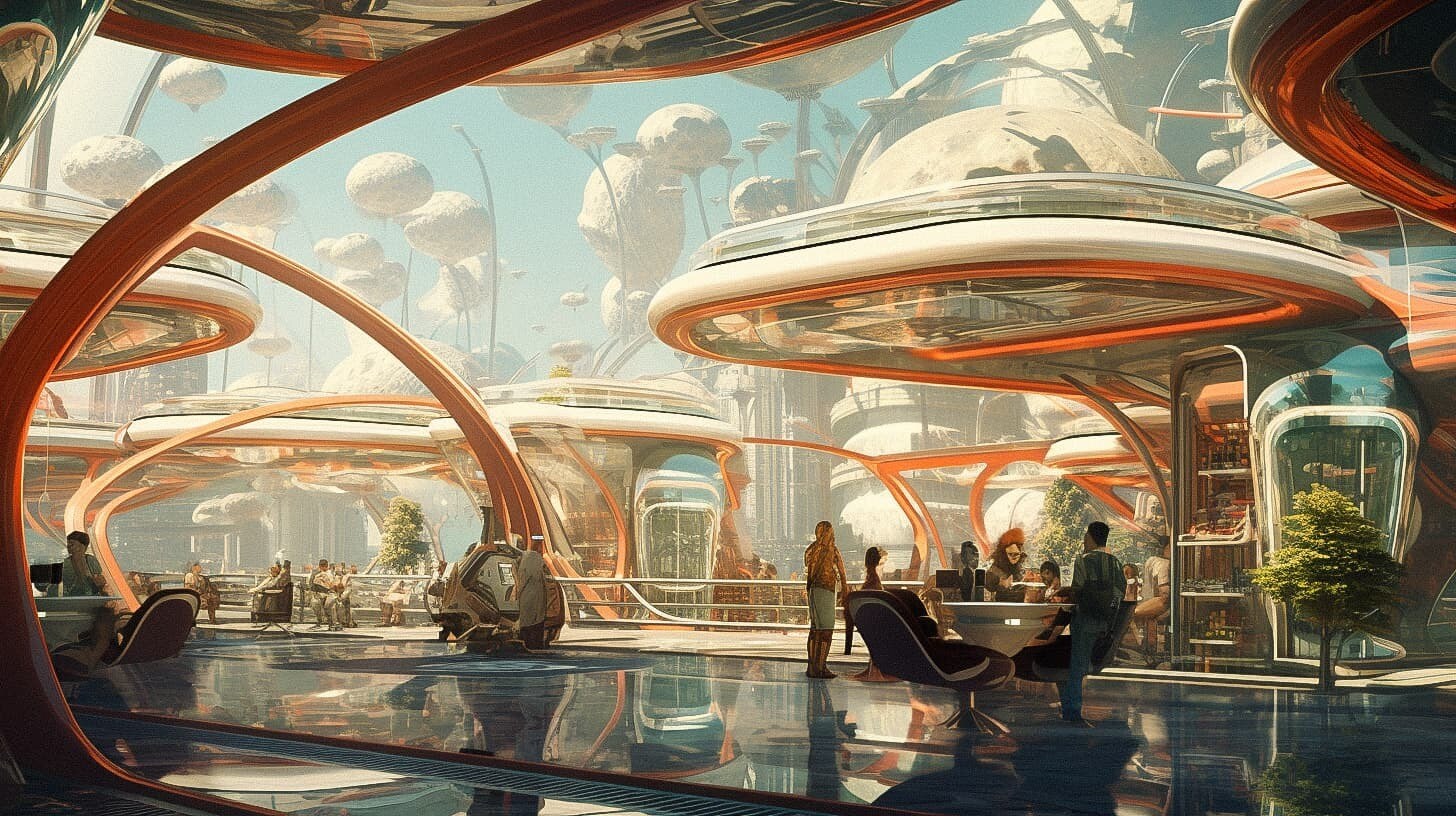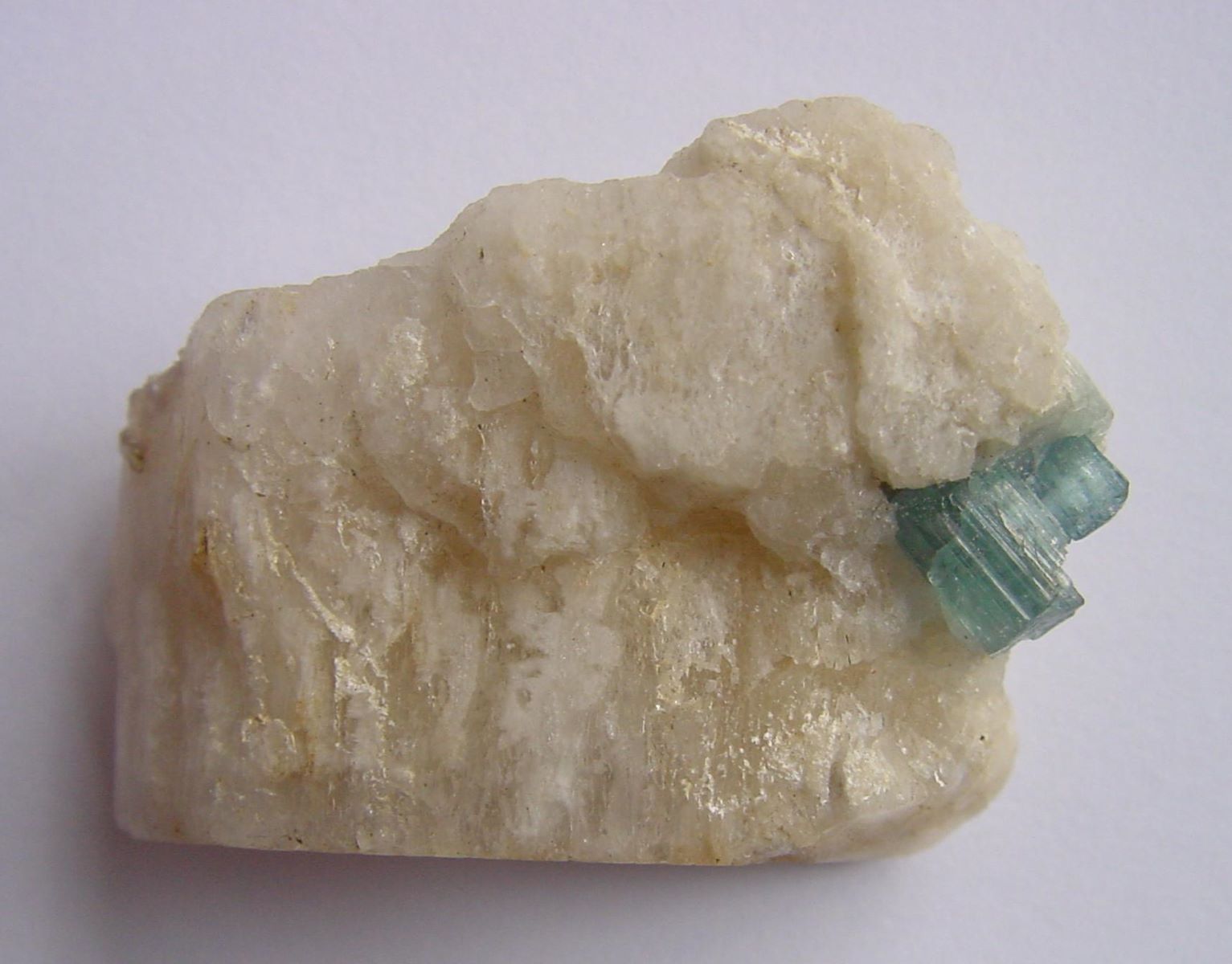
Retrofuturism blends the past's vision of the future with today's reality, creating a unique aesthetic that captivates many. Ever wondered what people in the 1950s thought the year 2000 would look like? Retrofuturism answers that question with flying cars, sleek robots, and space-age architecture. This artistic movement isn't just about cool visuals; it reflects society's hopes, dreams, and sometimes fears about what lies ahead. From movies and TV shows to fashion and design, retrofuturism has left its mark on various aspects of culture. Ready to dive into a world where yesterday's future meets today's present? Let's explore 35 fascinating facts about retrofuturism that will transport you to a time when the future seemed just around the corner.
Key Takeaways:
- Retrofuturism blends past and future, creating a nostalgic yet forward-looking vibe in art, literature, and design. Subgenres like steampunk and atompunk offer unique visions of the future.
- Retrofuturism has influenced movies, video games, architecture, fashion, literature, art, and music, showcasing its enduring impact on popular culture and creativity.
What is Retrofuturism?
Retrofuturism blends past visions of the future with modern aesthetics. It often appears in art, literature, and design, creating a nostalgic yet forward-looking vibe. Here are some fascinating facts about this unique genre.
-
Retrofuturism combines "retro," meaning backward or past, and "futurism," which looks forward to the future. This fusion creates a unique aesthetic that imagines the future through the lens of the past.
-
The term "retrofuturism" first appeared in the 1980s. It was used to describe a cultural movement that looked back at how the future was envisioned in earlier times.
-
Steampunk is a popular subgenre of retrofuturism. It combines Victorian-era technology with futuristic elements, often featuring steam-powered machinery and elaborate, old-fashioned designs.
-
Dieselpunk is another subgenre. It focuses on the aesthetics of the 1920s to 1950s, blending diesel-powered technology with futuristic concepts.
-
Atompunk reflects the optimism and design of the Atomic Age, roughly from the late 1940s to the early 1960s. It often features sleek, futuristic designs and a fascination with space travel.
Retrofuturism in Media
Retrofuturism has made its mark in various forms of media, from movies to video games. These facts highlight its influence and presence.
-
The movie "Metropolis" (1927) is one of the earliest examples of retrofuturism. Its depiction of a futuristic city with towering skyscrapers and advanced technology was groundbreaking for its time.
-
"Blade Runner" (1982) is a classic retrofuturistic film. It combines futuristic technology with a noir aesthetic, creating a dystopian vision of the future.
-
The video game "Bioshock" features a retrofuturistic setting. Its underwater city, Rapture, combines Art Deco design with advanced technology.
-
"Fallout" is another video game series that embraces retrofuturism. It imagines a post-apocalyptic world where 1950s-style technology has evolved in unexpected ways.
-
The animated series "The Jetsons" (1962) is a lighthearted take on retrofuturism. It imagines a future with flying cars, robot maids, and other futuristic conveniences.
Retrofuturism in Design and Architecture
Design and architecture are key areas where retrofuturism shines. These facts explore how it influences these fields.
-
Googie architecture is a style of retrofuturistic design. It emerged in the 1940s and 1950s, characterized by bold angles, sweeping curves, and space-age motifs.
-
Raygun Gothic is another retrofuturistic architectural style. It features sleek, aerodynamic designs inspired by science fiction and space travel.
-
Mid-century modern design often incorporates retrofuturistic elements. This style, popular in the 1950s and 1960s, emphasizes clean lines, organic shapes, and futuristic materials.
-
Many retrofuturistic designs use chrome and neon. These materials evoke a sense of futuristic optimism and technological advancement.
-
Furniture design in the retrofuturistic style often features bold colors and unusual shapes. These designs aim to create a sense of wonder and excitement about the future.
Retrofuturism in Fashion
Fashion is another area where retrofuturism has left its mark. These facts delve into how it influences clothing and style.
-
Space Age fashion emerged in the 1960s. Designers like André Courrèges and Pierre Cardin created futuristic clothing with clean lines, metallic fabrics, and geometric shapes.
-
Punk fashion often incorporates retrofuturistic elements. This style blends futuristic materials and designs with a rebellious, DIY ethos.
-
Cyberpunk fashion is a modern take on retrofuturism. It combines high-tech materials and designs with a gritty, dystopian aesthetic.
-
Vintage sci-fi costumes often inspire retrofuturistic fashion. These designs take cues from classic science fiction films and TV shows, creating a nostalgic yet forward-looking style.
-
Accessories in retrofuturistic fashion often feature bold, geometric shapes and metallic finishes. These pieces add a futuristic touch to any outfit.
Retrofuturism in Literature
Literature has long been a medium for exploring retrofuturistic themes. These facts highlight some key works and authors.
-
H.G. Wells is considered a pioneer of retrofuturism. His novels, like "The Time Machine" and "The War of the Worlds," imagine futuristic technology and its impact on society.
-
Jules Verne is another early retrofuturist author. His works, such as "Twenty Thousand Leagues Under the Sea" and "Journey to the Center of the Earth," blend adventure with futuristic technology.
-
Philip K. Dick often explored retrofuturistic themes in his writing. His novel "Do Androids Dream of Electric Sheep?" inspired the film "Blade Runner."
-
William Gibson is a key figure in cyberpunk literature. His novel "Neuromancer" helped define the genre, blending futuristic technology with a gritty, dystopian setting.
-
Margaret Atwood's "The Handmaid's Tale" features retrofuturistic elements. It imagines a future society with advanced technology and regressive social norms.
Retrofuturism in Art
Art is a powerful medium for expressing retrofuturistic ideas. These facts explore how artists have embraced this genre.
-
Syd Mead is a renowned retrofuturistic artist. His concept art for films like "Blade Runner" and "Tron" has influenced the genre significantly.
-
Jean Giraud, also known as Moebius, is another influential retrofuturistic artist. His detailed, imaginative illustrations have inspired countless works of science fiction.
-
Futurism, an early 20th-century art movement, often features retrofuturistic elements. Artists like Umberto Boccioni and Giacomo Balla created dynamic, futuristic works.
-
Pop art often incorporates retrofuturistic themes. Artists like Roy Lichtenstein and Andy Warhol used bold colors and futuristic imagery in their work.
-
Digital art has embraced retrofuturism. Many contemporary artists use digital tools to create futuristic visions inspired by past aesthetics.
Retrofuturism in Music
Music is another area where retrofuturism has made an impact. These facts highlight some key genres and artists.
-
Synthwave is a music genre that embraces retrofuturism. It combines electronic music with 1980s-style synth sounds, creating a nostalgic yet futuristic vibe.
-
Vaporwave is another retrofuturistic music genre. It often features slowed-down samples of 1980s and 1990s music, creating a dreamy, nostalgic sound.
-
David Bowie's music often features retrofuturistic themes. His album "The Rise and Fall of Ziggy Stardust and the Spiders from Mars" imagines a futuristic rock star.
-
Kraftwerk is a pioneering electronic music group. Their music, with its futuristic sounds and themes, has influenced many retrofuturistic artists.
-
Daft Punk is a modern example of retrofuturism in music. Their futuristic sound and robot personas blend past and future aesthetics.
The Future of the Past
Retrofuturism blends nostalgia with futuristic visions, creating a unique lens to view both history and potential futures. This genre, with its roots in the early 20th century, has influenced everything from fashion to architecture. It’s fascinating how past generations imagined the future, often reflecting their hopes and fears.
From the sleek lines of Art Deco to the quirky gadgets in vintage sci-fi films, retrofuturism offers a rich tapestry of creativity. It’s not just about looking back; it’s about understanding how past imaginations shape our present and future.
Whether you’re a fan of classic sci-fi, vintage aesthetics, or just curious about how people once envisioned tomorrow, retrofuturism has something for everyone. Dive into this captivating world and see how the past’s vision of the future continues to inspire and intrigue.
Frequently Asked Questions
Was this page helpful?
Our commitment to delivering trustworthy and engaging content is at the heart of what we do. Each fact on our site is contributed by real users like you, bringing a wealth of diverse insights and information. To ensure the highest standards of accuracy and reliability, our dedicated editors meticulously review each submission. This process guarantees that the facts we share are not only fascinating but also credible. Trust in our commitment to quality and authenticity as you explore and learn with us.


